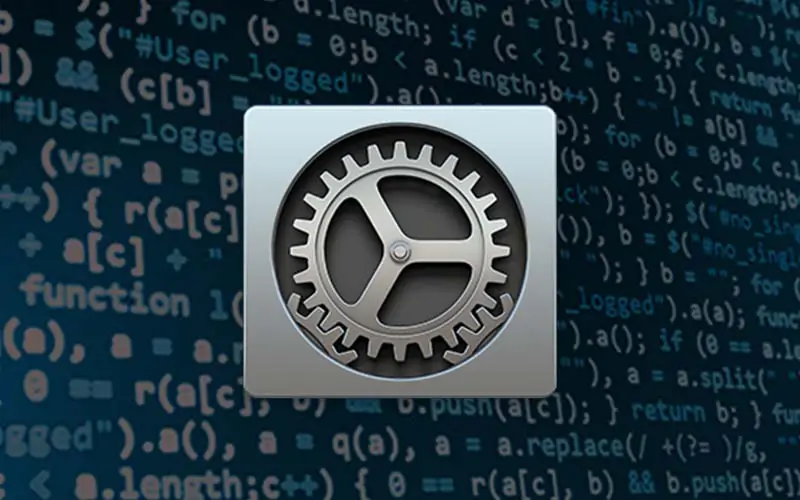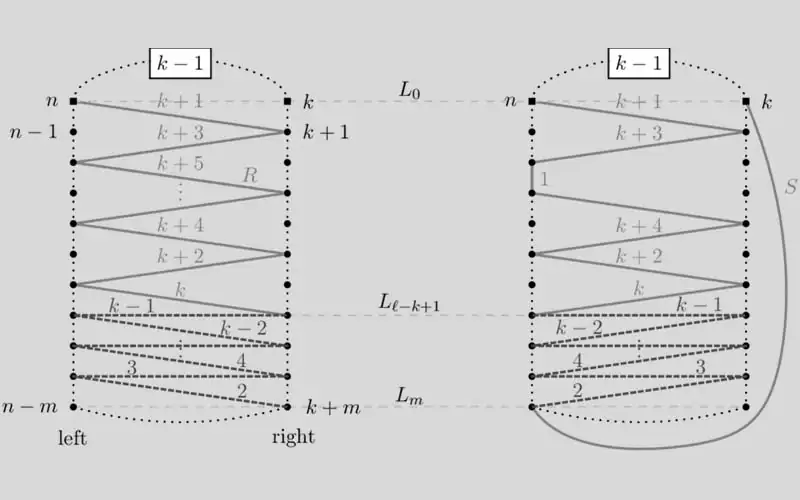What is plug-and-play devices?
Plug and Play specification was developed by Microsoft with cooperation from Intel and many other hardware manufacturers. The goal of Plug and Play devices is to create a computer whose hardware and software work together to automatically configure devices and assign resources, to allow for hardware changes and additions without the need for large-scale resource assignment tweaking. With the help of these devices, you can just plug in a new device and immediately be able to use it, without complicated step maneuvers.
The plug and play feature was introduced in Windows 2000. One can plug in for instance, an USB device and it is detected and accepted by the system so that the device can be used without rebooting the system. Operating system has drivers for the most of the devices. When a device for which operating system has the driver, is plugged in, the communication between the driver and the device is established by the OS.
These devices such as network adapters, sound cards are connected to expansion slots inside the computer. Other devices such as printers and scanners are connected to ports outside the computer. Some devices known as PC Cards connect only to PC card slots on a portable computer. The operating system almost have the device drivers for all the plug and play devices.




